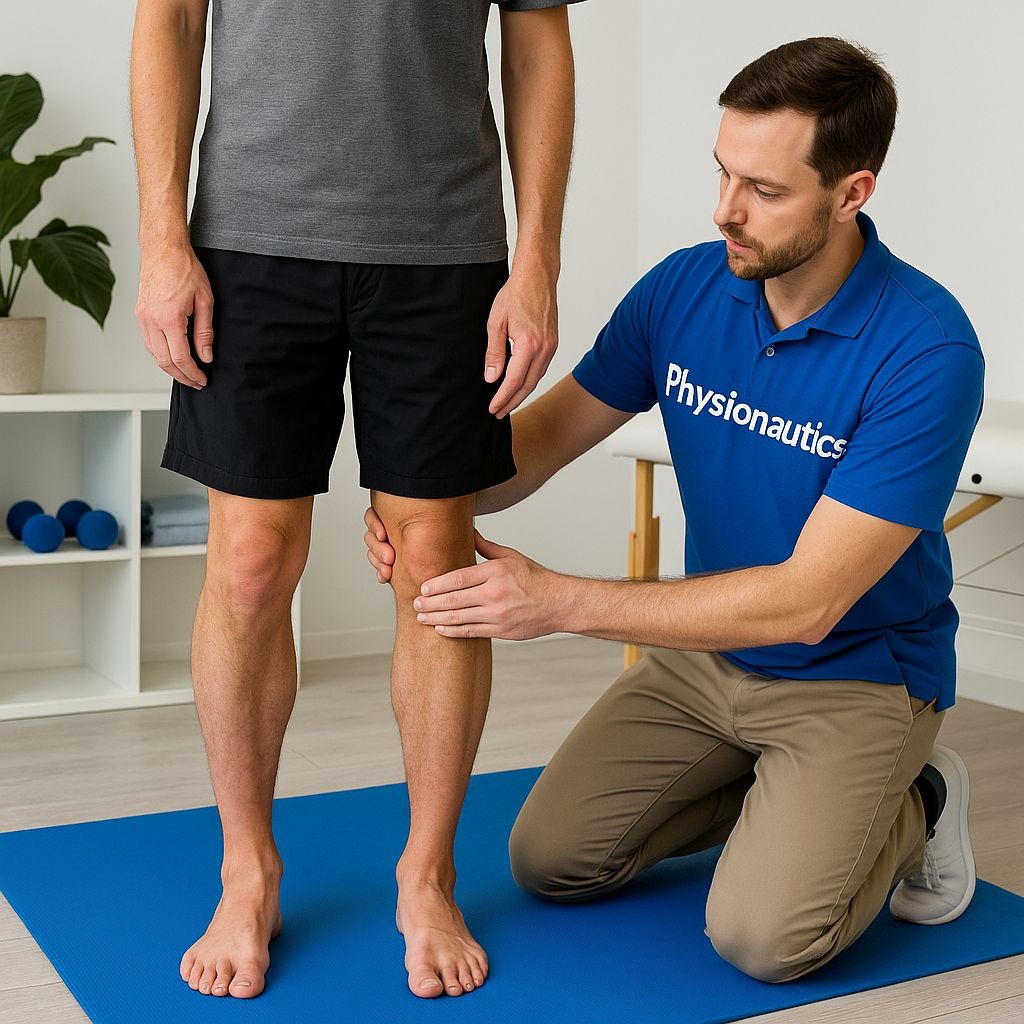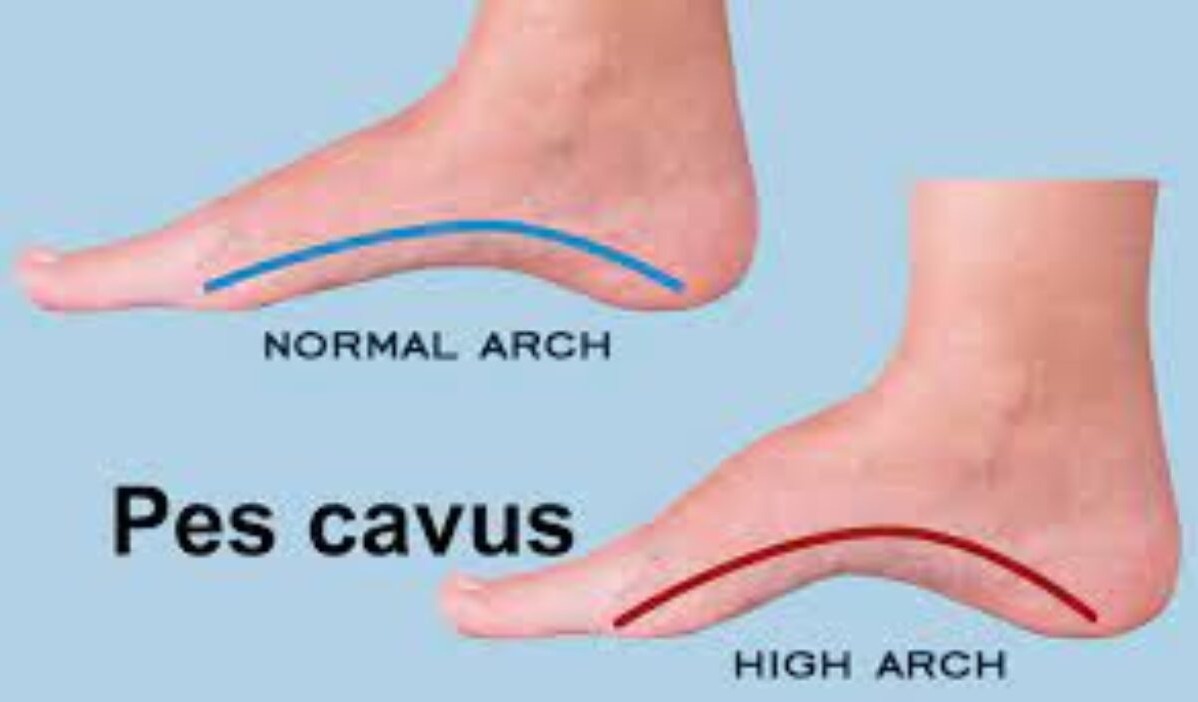



PHYSIOTHERAPY TREATMENT FOR PES CAVUS Pes cavus, also known as cavus foot, is a foot deformity characterized by an abnormally high arch that doesn't flatten when bearing weight. It can cause uneven weight distribution and pain while standing or walking for long periods. CAUSES:Factors considered influential in the development of pes cavus include muscle weakness and imbalance in neuromuscular disease, residual effects of congenital clubfoot, post-traumatic bone malformation, contracture of the plantar fascia, and shortening of the Achilles tendon.SYMPTOMS:Foot pain, especially in the ball or heelAnkle pain and swellingArch pain Over time, you may develop: Corns and calluses on the parts of your foot that take more pressure Ankle joint instability, causing it to frequently roll or even sprain Inward-curling toes (claw toes or hammertoes) Some people develop chronic pain from repetitive strain injuries, like: Metatarsalgia (inflammation in the ball of your foot)Plantar fasciitis (inflammation in a ligament in your heel)Peroneal tendonitis (inflammation in a tendon in your outer ankle) TREATMENT:Stretching: Exercises to improve flexibility in the calf muscles, plantar fascia (the band of tissue on the bottom of the foot), and other tight structures around the ankle and foot. Strengthening: Exercises to improve the strength of muscles that support the arch, including the intrinsic foot muscles, tibialis anterior (in the front of the shin), and peroneals (on the outside of the lower leg). Balance Training: Exercises to improve balance and stability, which can be affected by the high arch and altered foot mechanics. Orthotics and Footwear: Insoles (Orthotics): Custom or prefabricated orthotics can help support the arch, redistribute pressure, and improve foot alignment. Specialized Footwear: Choosing shoes with good arch support and cushioning can help manage symptoms. Gait Analysis: Analyzing walking patterns can help identify areas of compensation and guide treatment strategies. Pain Management: Manual Therapy: Techniques like massage and joint mobilizations can help reduce pain and improve mobility. Electrotherapy: Modalities like ultrasound or electrical stimulation, long wave therapy , laser may be used to manage pain and inflammation. Trigger Point Therapy: Addressing trigger points in the muscles of the foot and lower leg can help relieve pain and improve muscle function. Night Splinting: In some cases, night splints can be used to help stretch the plantar fascia and other tight structures overnight.
We hate spam too.